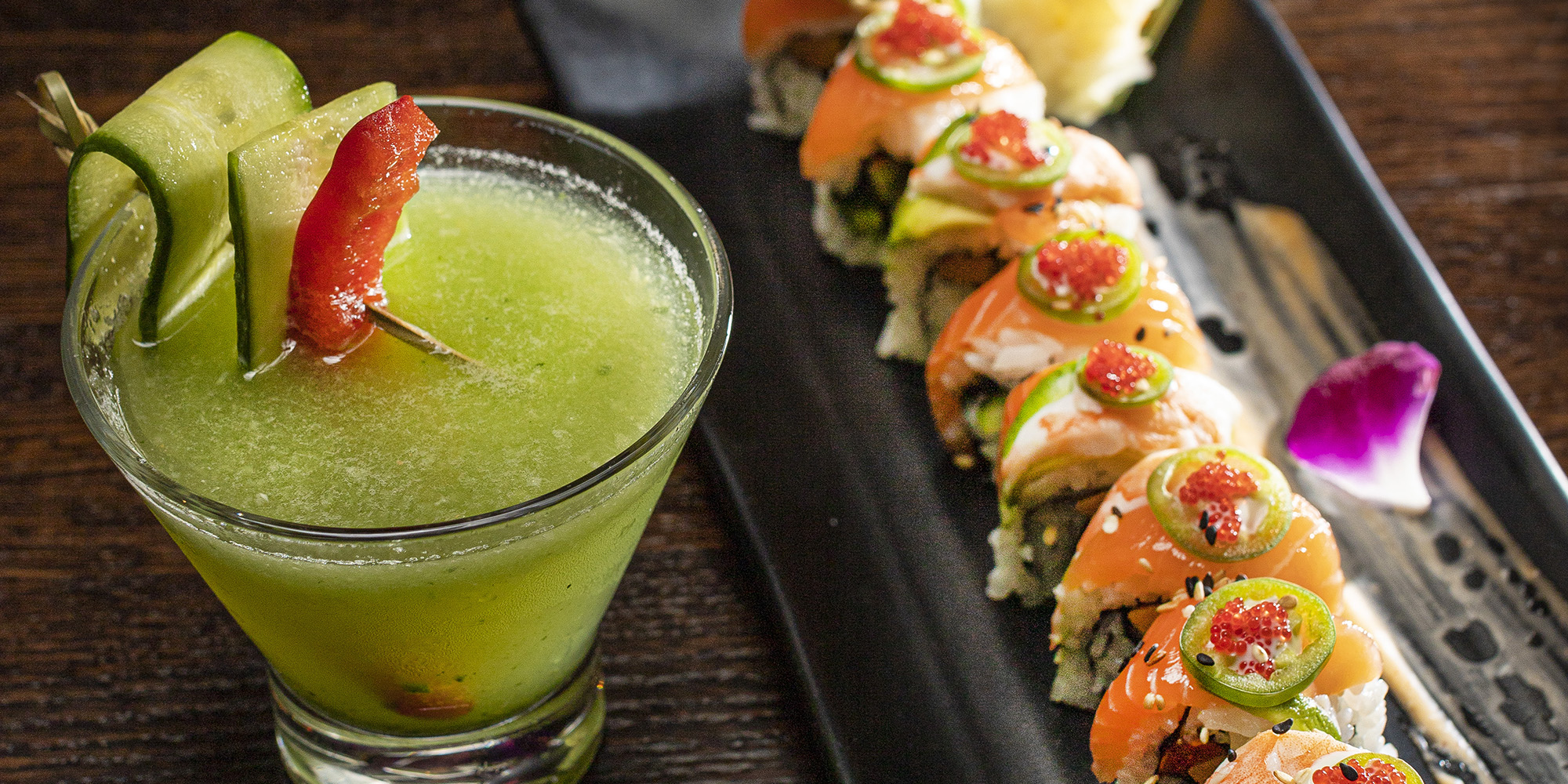While many of us are once again able to hop a flight to the Southwest or the Midatlantic, leaving U.S. borders is a little trickier. But even if an international trip isn’t in the cards this summer, you don’t have to miss out on the culinary exploration that comes along with vacation. As of 2019, 17% of Tampa’s population was born outside the U.S., and some of those individuals have brought the tastes of their home countries to our local eateries. Below, go on a world tour of global flavors without leaving the city limits at five Tampa restaurants. Dig in.
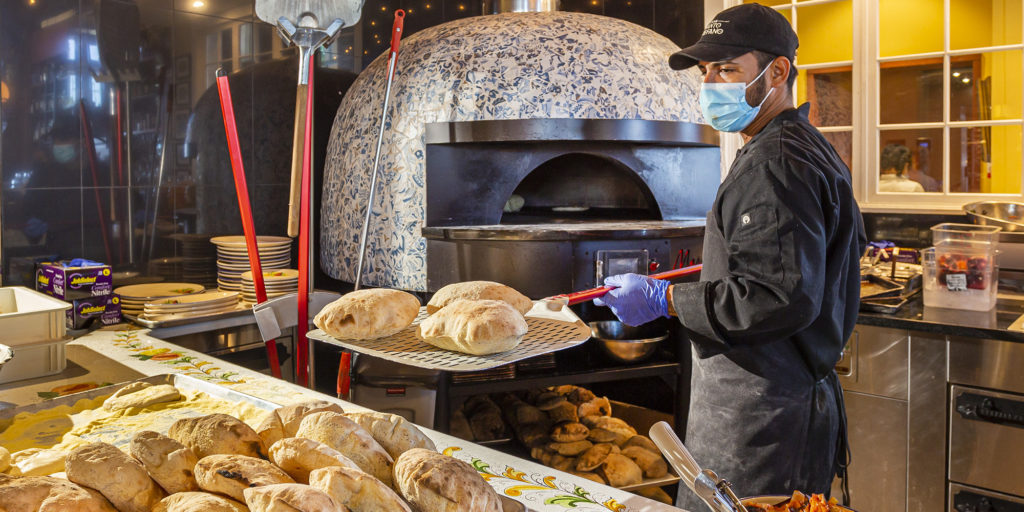
SICILY
The food cultures of Italy’s southern region and Tampa are bound tightly together. So tightly, in fact, Richard Gonzmart named his newest restaurant, Casa Santo Stefano, after the Sicilian village that saw roughly 60% of its population relocate to Tampa around the turn of the 20th century. Under the helm of head chef Alessio Selleri, the menu weaves together the culinary traditions of the home country and Tampa’s Sicilian population with ingredients from the island.
Take, for example, spaghetti and meatballs. Selleri, who grew up in Puglia, a region in the south of Italy, says it’s not a dish typically served in Italian households. But it was a must-have at Casa Santo Stefano. So the team crowd-sourced their recipe, asking Tampa residents to both try their meatball recipe and submit their own recipes. “We tested all of them, and we tried to make something that would make everybody happy,” Selleri says.
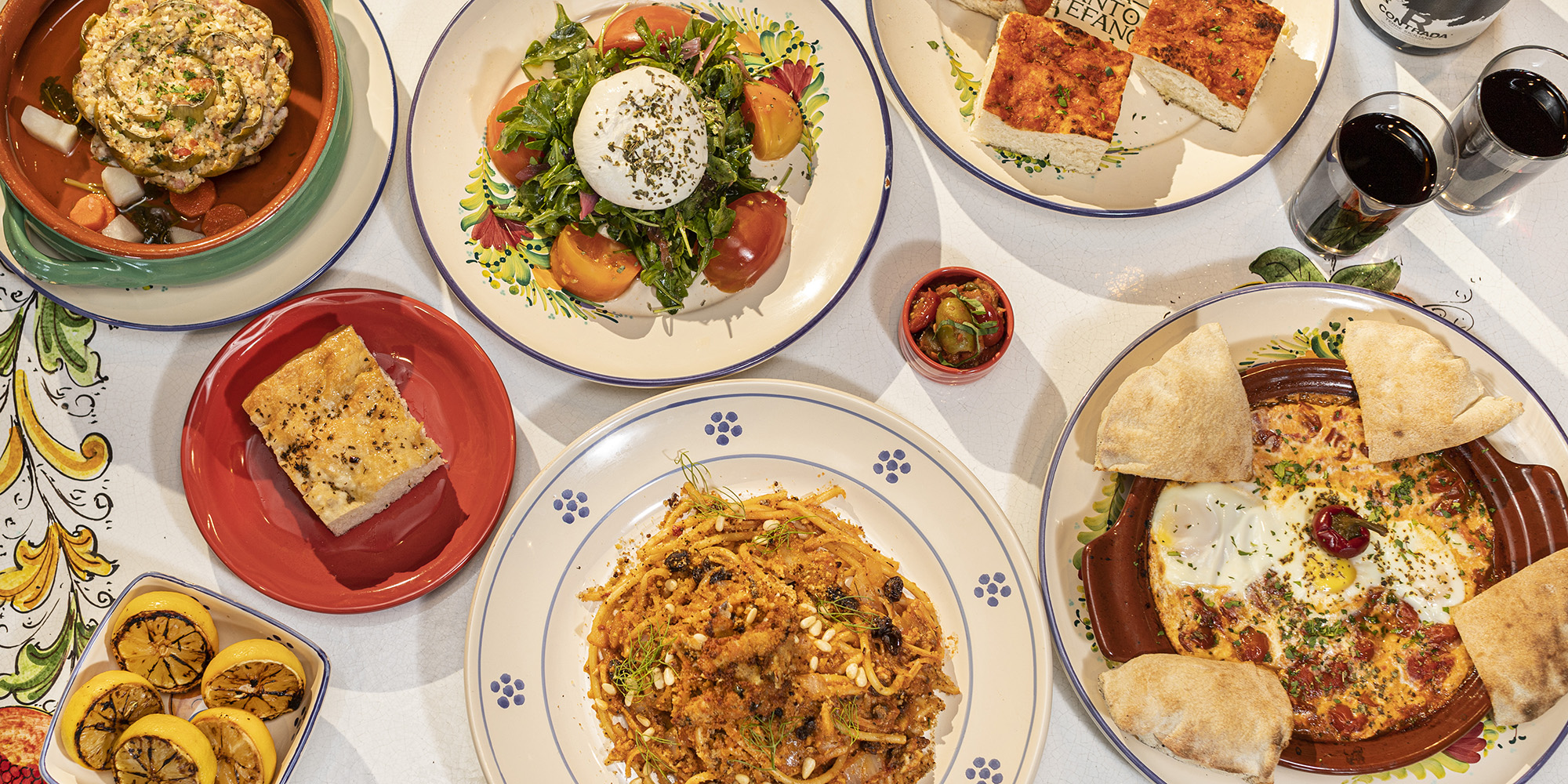


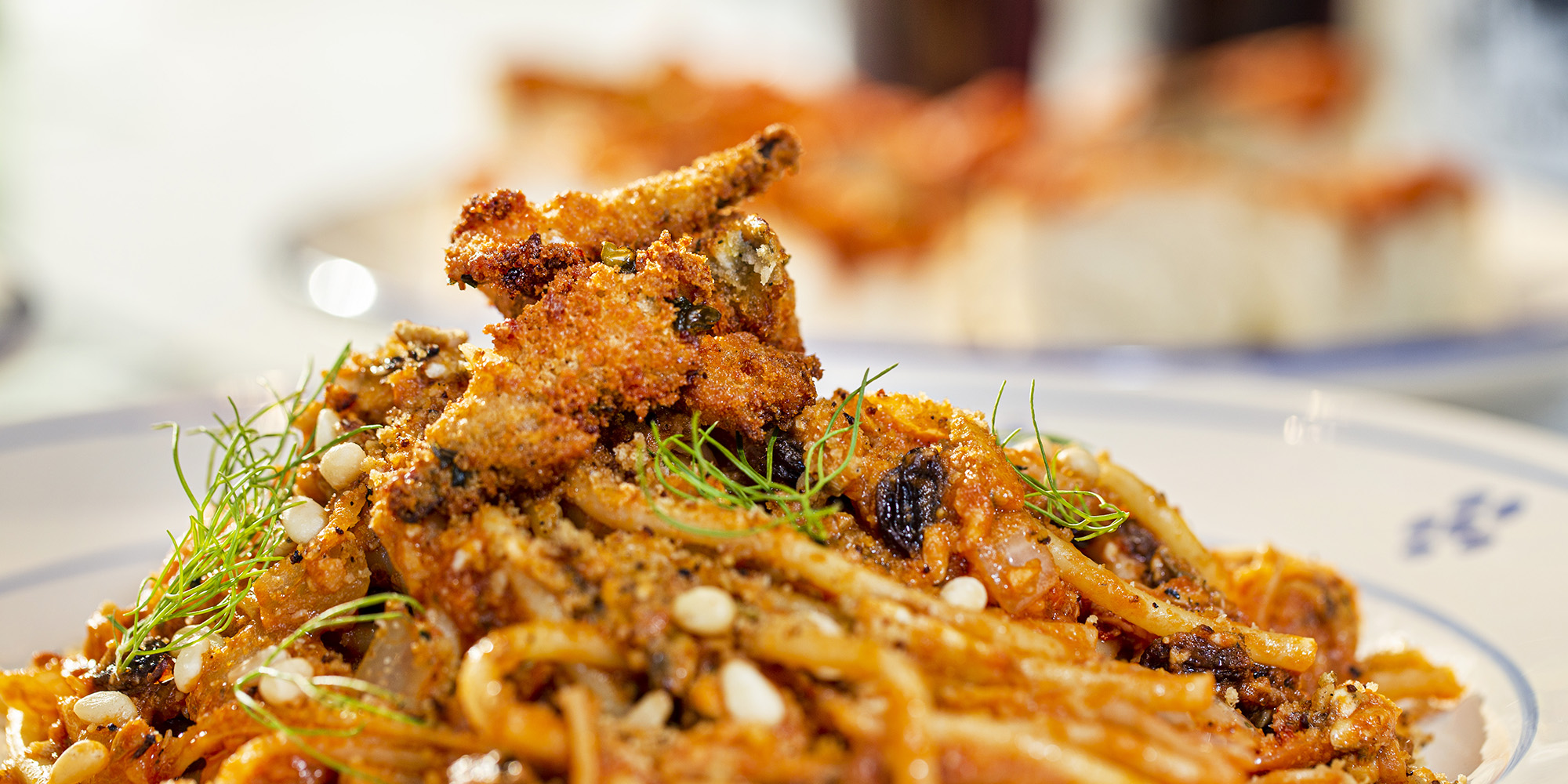
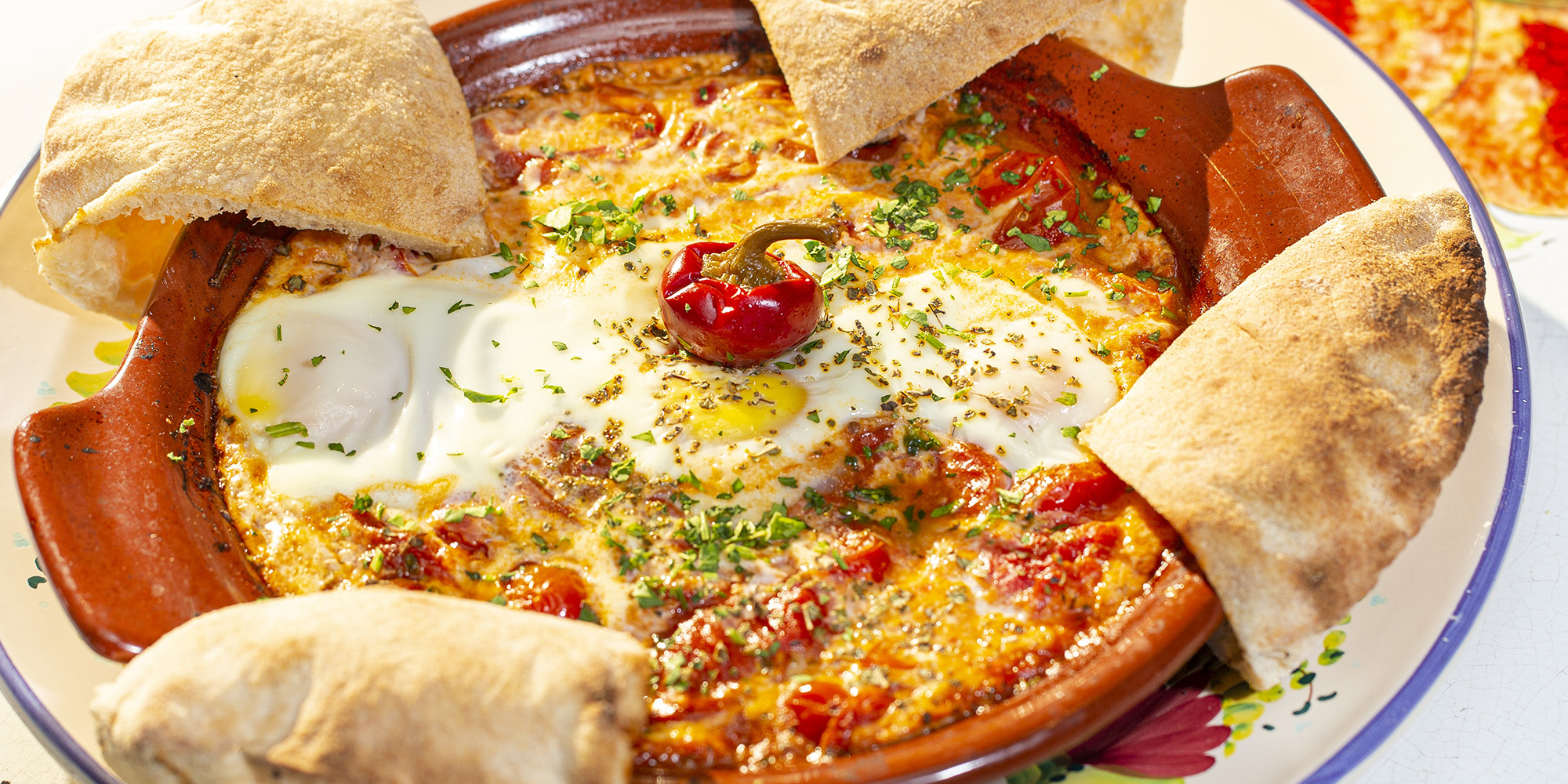
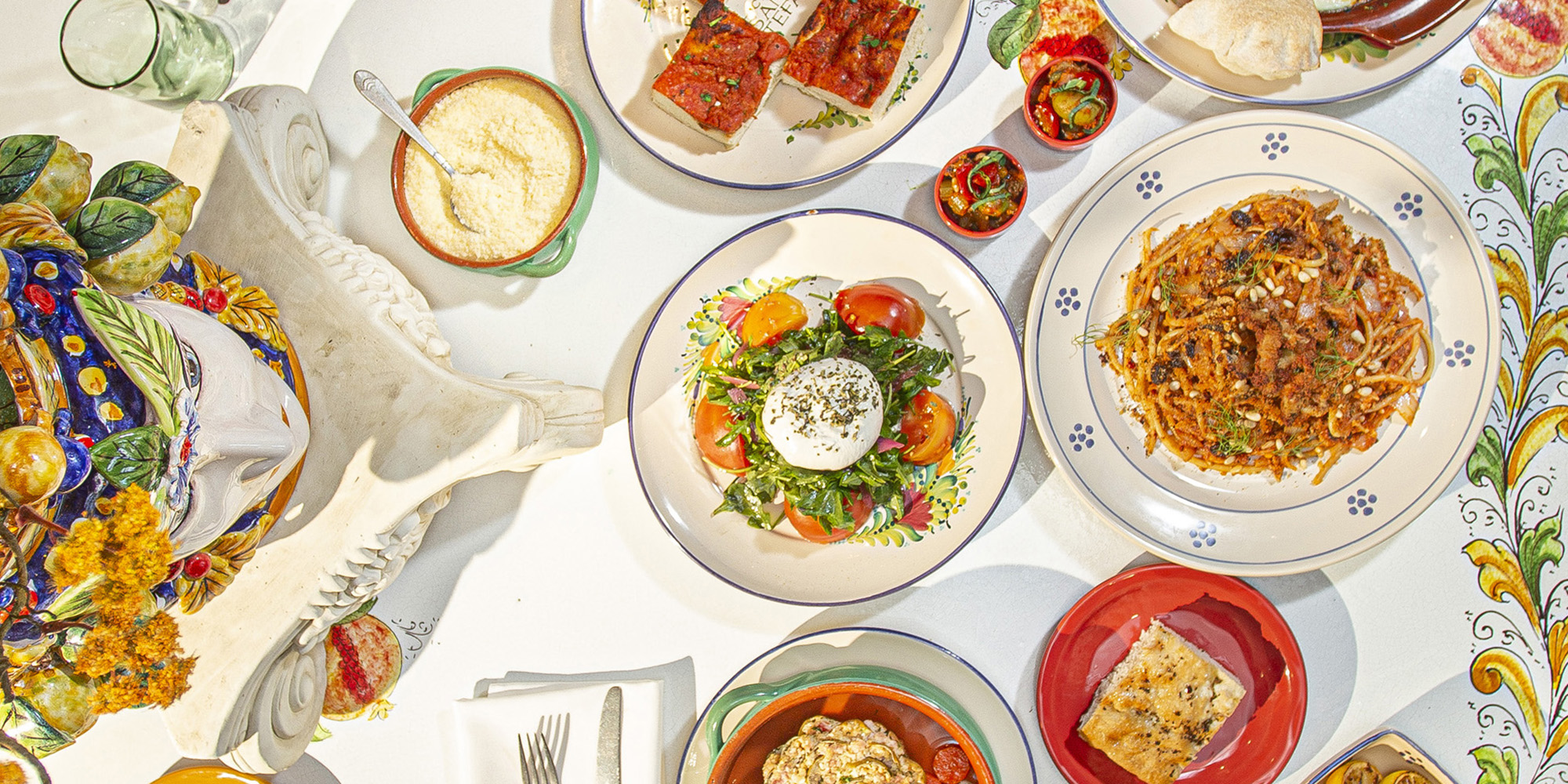
Just like in Italy, where Nonna would make homemade pasta on Sundays and dry store-bought pasta would be used the rest of the week, Selleri uses a mix of pasta made in house and imported from Sicily. “This particular grain that we use, when you eat it, sometimes people think there is cinnamon or nutmeg in the sauce,” Selleri says. “It’s just that the grain is so aromatic,” it gives off the scent of the heady spices. Selleri and Gonzmart spent years scouring Sicily for the restaurant’s salt, extra-virgin olive oil, pistachios and chocolate, among other ingredients. The latter comes from Modica, Sicily, famous for its unique, cold-processed chocolate that uses no cocoa butter and has a more grainy texture and more bitter taste than what most Americans are used to.
Selleri and Gonzmart made sure the menu included one of the island’s most famous dishes, pasta alla norma — a vegetarian pasta with eggplant, fresh basil, casarecce pasta and dried ricotta cheese. Selleri says some of Tampa’s Sicilian community comes to Casa Santo Stefano specifically for the bucatini alla sarde, a traditional pasta dish with sardines. A meal here is all about being authentic to both Sicily and Ybor City.
“When people come here, we want to make sure they find something they love,” Selleri adds.
WHAT TO TRY: Pasta alla norma, bucatini alla sarde, scacciata, cannoli
CASA SANTO STEFANO
1607 N. 22nd St. | Tampa, FL 33605 | (813) 248-1925 | casasantostefano.com

FRANCE
If your Netflix binge of Emily in Paris or Lupin left you missing the City of Lights, there’s a temporary fix in the heart of Downtown Tampa. Chez Faby, on the corner of Tampa and Madison Streets, is your typical French café or bistro. Owners Fabienne Mortera and Hakan Kucukler (who is also the chef) have re-created the Parisian experience with typical breakfast and lunch offerings like croissants, baguettes, pressed sandwiches, salads and crepes.
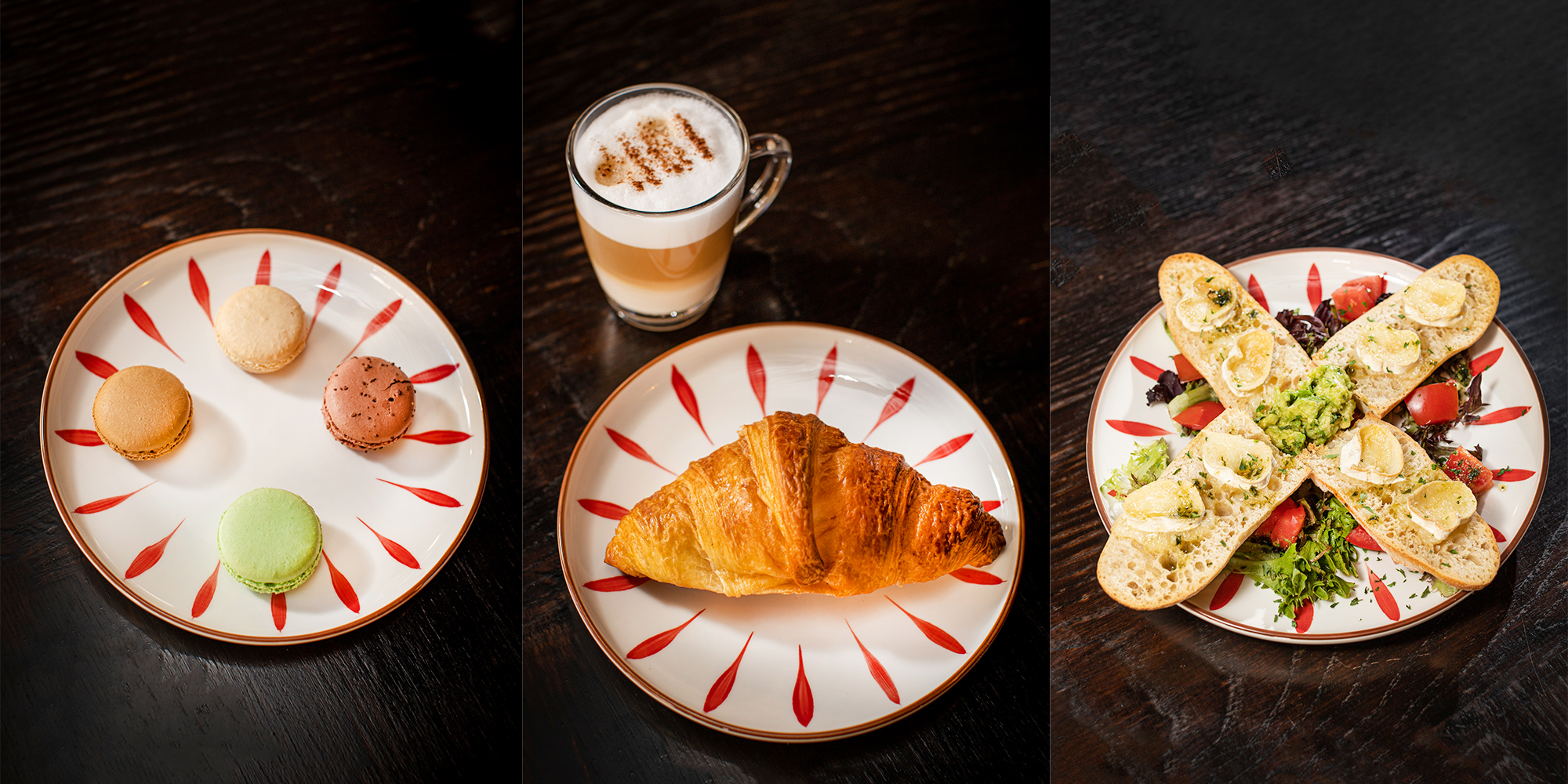
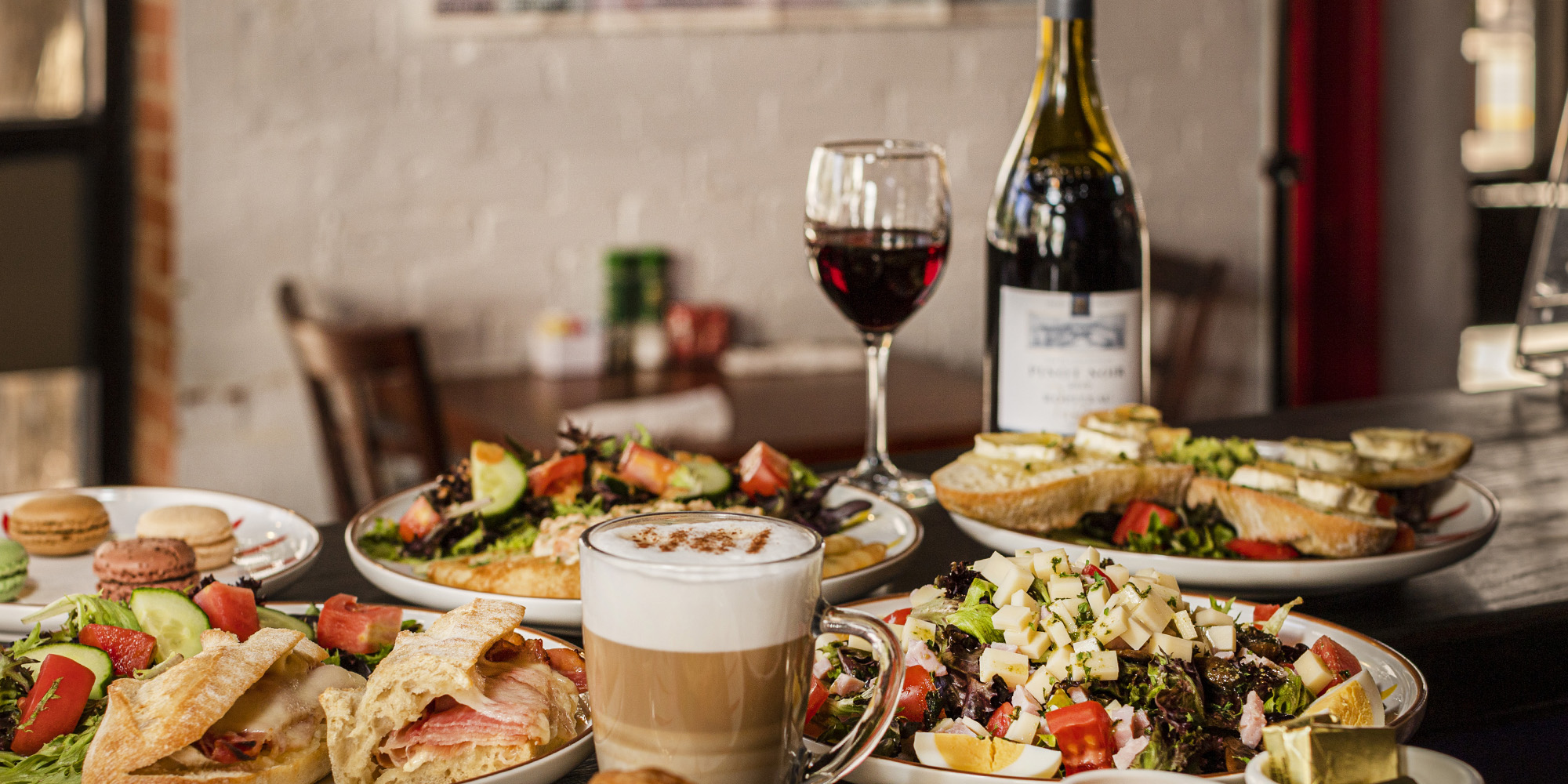
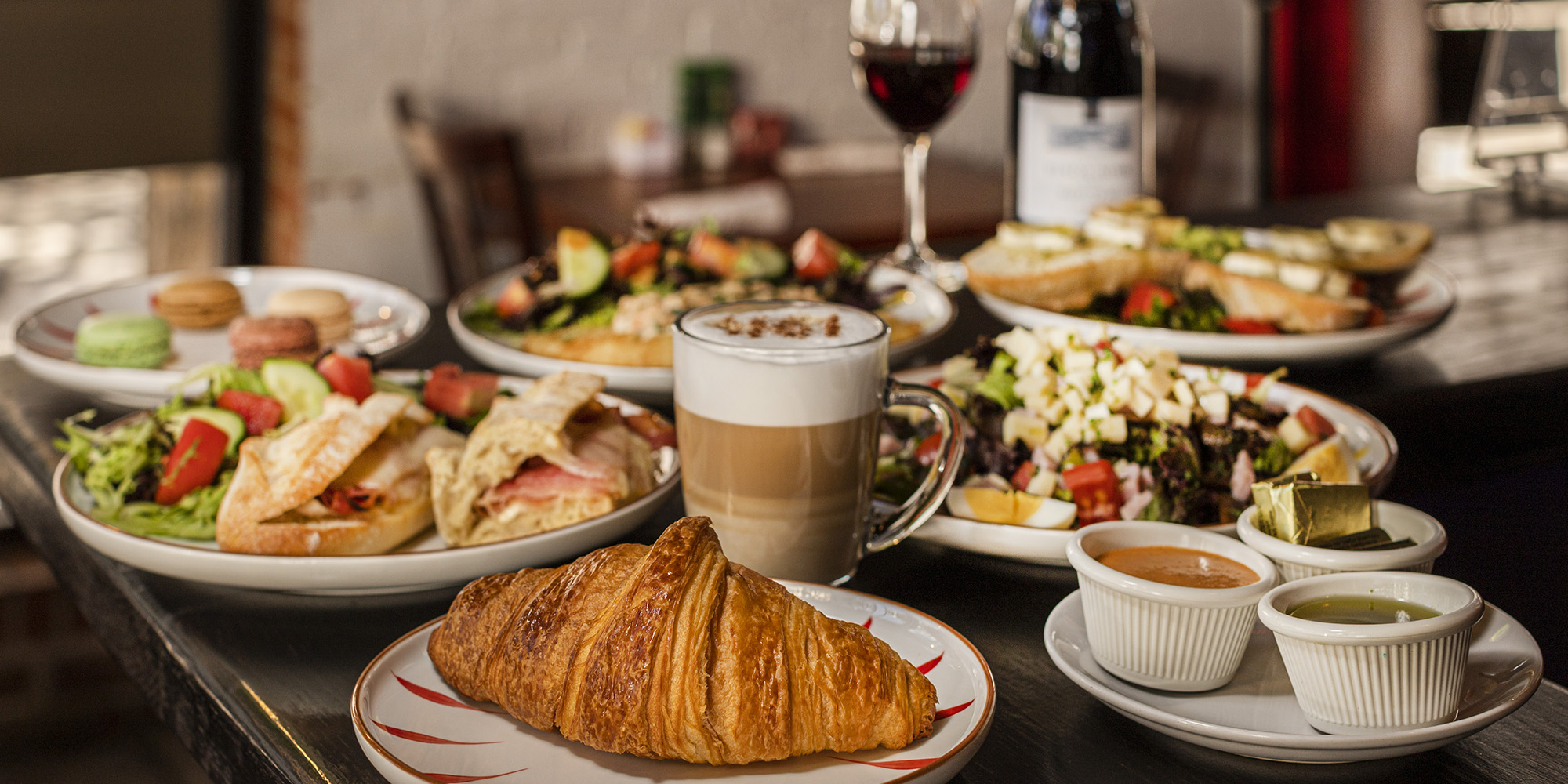
In France, ham and cheese is a quintessential pairing, Mortera notes. That appears in smoky and nutty combinations, like a quiche Lorraine, or sweeter unions, like in the Normand sandwich (with prosciutto and brie). Sandwiches are a go-to for lunch. A croissant or pain au chocolat with coffee are the perfect breakfast to enjoy at a sidewalk table and watch the world go by — even if it’s in your own city.
WHAT TO TRY: Baguette with brie, Parisienne salad, Normand sandwich, oceán crepe, croissant
CHEZ FABY
500 N. Tampa St. | Tampa, FL 33602 | (813) 450-3536 | chezfabytampa.square.site

ETHIOPIA
If you’ve never had Ethopian food, there can be a bit of a learning curve, says Ter Mehari, the chef at Carrollwood’s Mitmita restaurant. The country’s dishes are eaten sans utensils. Instead, a flatbread called injera, made from iron-rich teff seeds, is used to scoop tender marinated meats, vegetables and sauces. “We show [people] how to break the bread, hold the food and put it in your mouth,” Mehari says.
Ethiopia’s signature dish is doro wat, a lightly spicy chicken stew. This is a must-have if you’re hosting guests, Mehari says, and preparation begins the day before. In Ethiopia, chicken is thought to be dirty, so the bird is first cleaned and filled with lemon juice to be left in the refrigerator overnight. Then, the stew’s traditional red berbere sauce (another staple of Ethiopian cuisine) requires the onion, garlic and ginger to simmer for hours.
“Just like an Italian person might cook their pasta sauce for four, five, six hours, we cook and stir the garlic and ginger for four to five hours,” Mehari explains.
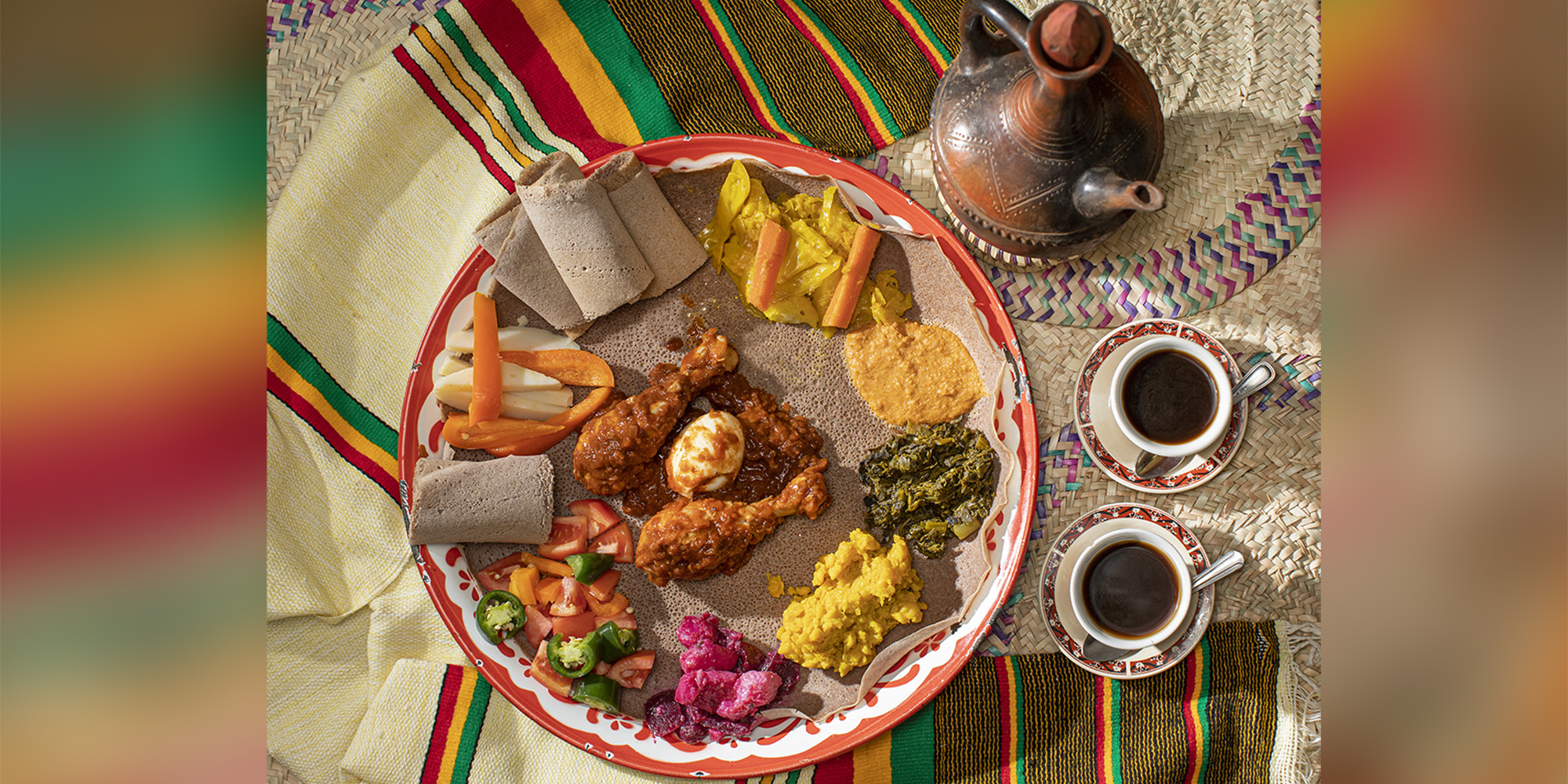
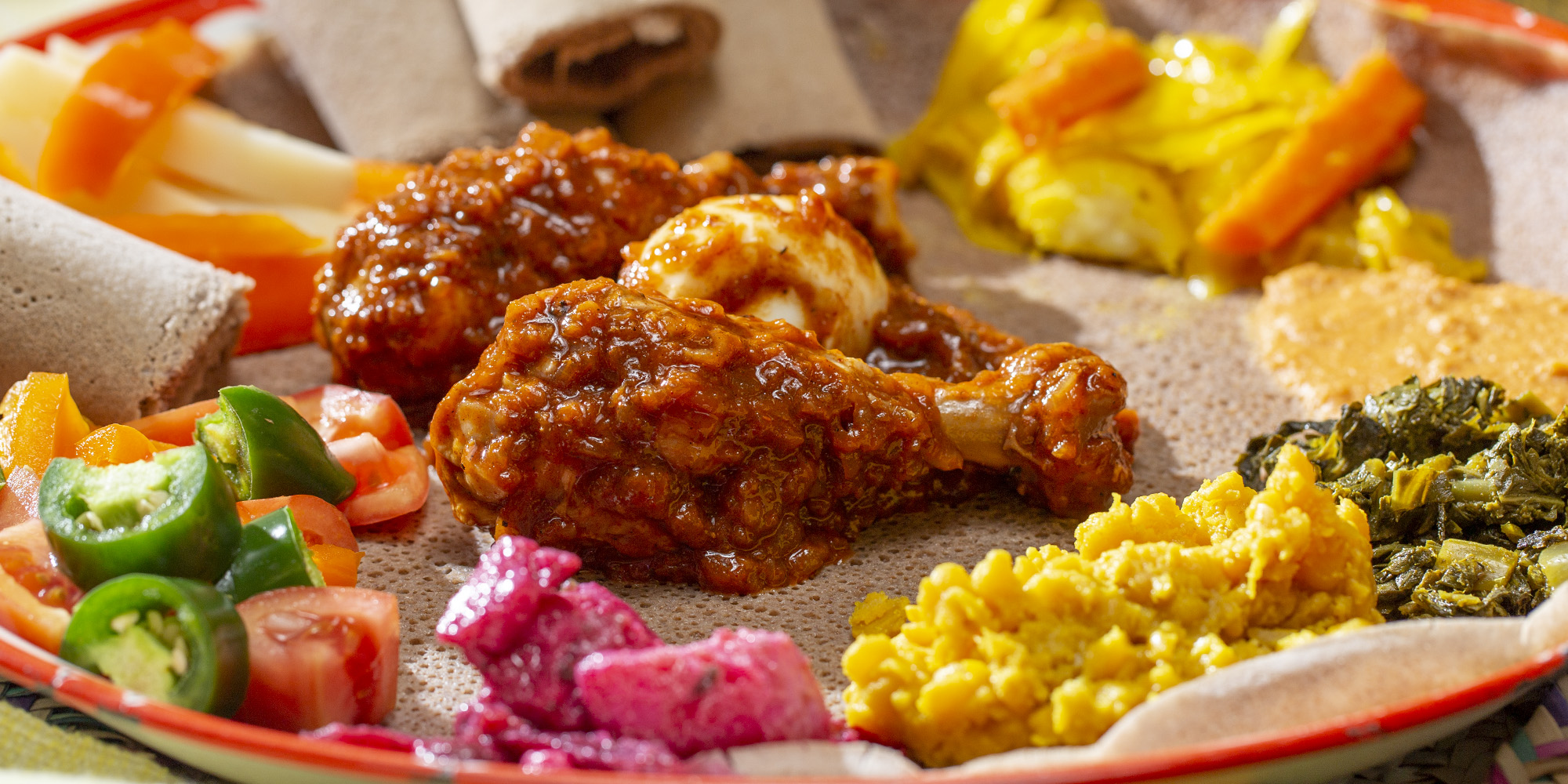
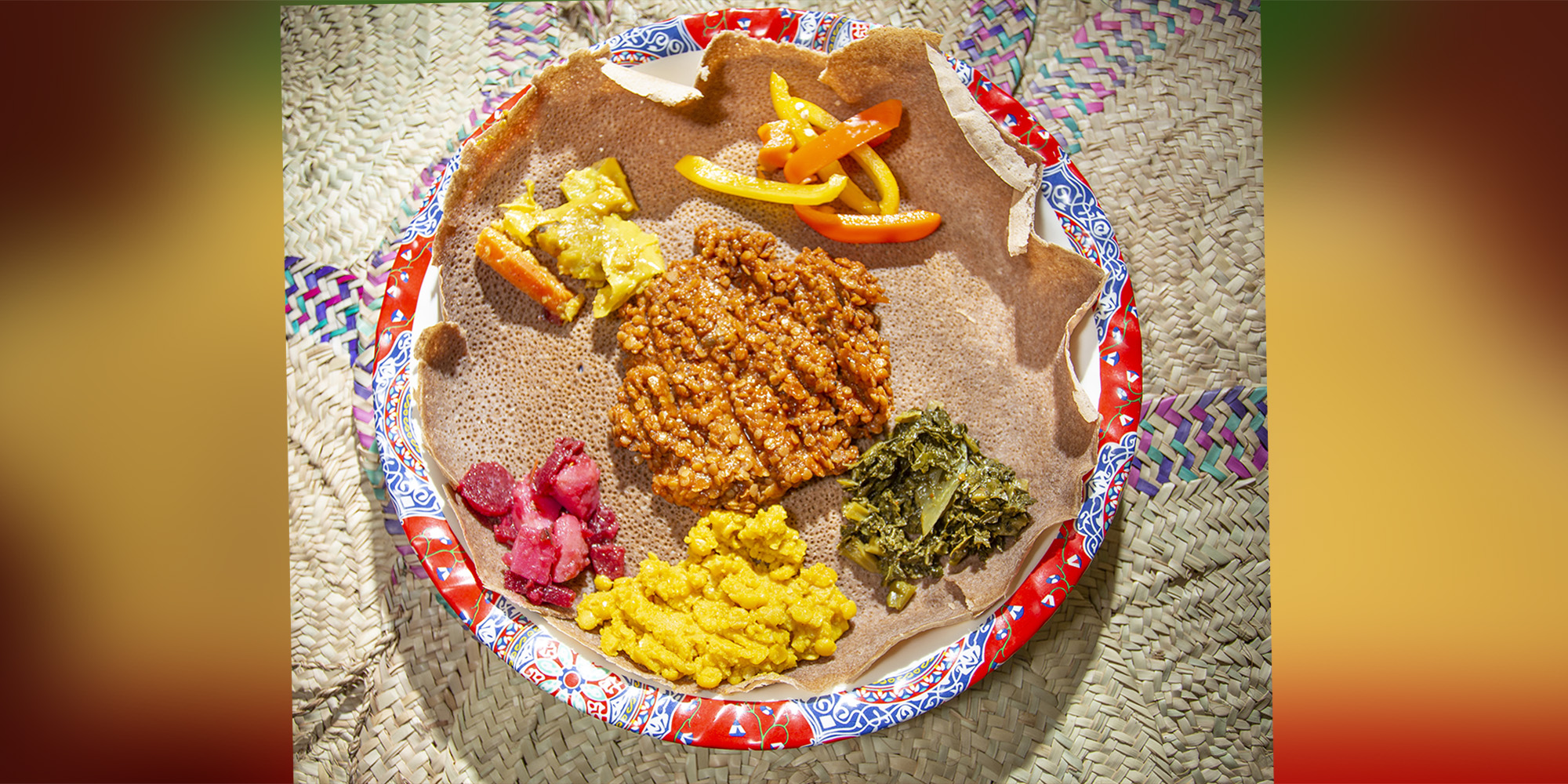
After the chicken is added to the sauce, eggs are added to hard boil. The finishing touch is sides of vegetables like collard greens and string beans (“poor man’s vegetables,” they’re called in Ethiopia, as they’re grown in just about everyone’s backyard, Mehari says) and lentils and split peas. Outside of dishes like doro wat, Ethiopian cuisine leans heavily vegetarian and vegan, with peas, lentils and potatoes playing large roles. It also uses very little gluten (injera is made with teff flour and is naturally gluten free) and dairy.
Everything Mitmita serves is made from scratch by necessity, Mehari explains. Using outside ingredients, even garlic and onion powder, would result in dishes that tasted not quite right. At Mitmita, there’s an appreciation for a slower pace.
“Ethiopian food is not something you can eat in 10 minutes. It’s not something you can eat and then go to work,” Mehari warns. “Make sure you have an hour at least” to enjoy your meal.
You’ll probably have a little fun while you’re doing it. “What else do you eat with your hands besides fried chicken?” Mehari adds with a laugh.
WHAT TO EAT: Doro wat, shiro wat (peas simmered in a mildly spicy sauce with garlic and fresh ginger), vegetarian combination platter, lamb tibbs (sautéed lamb with onion and jalapeño)
MITMITA
4901 W. Linebaugh Ave. | Tampa, FL 33624 | (813) 415-2183 | ethiomitmita.com
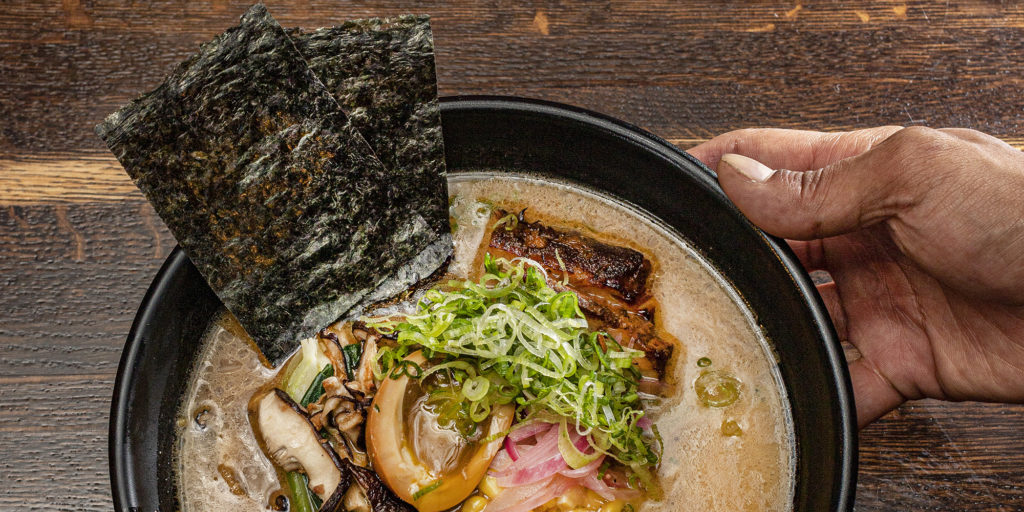
JAPAN
With his menu at Downtown Tampa’s Haiku, chef David Reyes intends to take diners on a trip not just to Japan, but to places like Mexico (see: yuzu guacamole), Southeast Asia (a veggie curry) and even back stateside (a baby kale salad with tofu and avocado). He says they’re expanding upon the concept of the Japanese izakaya, which is known for its diversity of offerings, from shareable appetizers to sushi and ramen.
“You’re able to find things that are fresh and vibrant and also wholesome and braised,” Reyes says. “I set out to kind of change the expectation of an izakaya and make it globally influenced.”
Still, he honors tradition where it counts. Sushi sticks to simplicity, focusing on fresh fish and vegetables instead of mayonnaise and sauces, with one important exception. The signature Haiku uramaki roll comes topped with wagyu tenderloin and gold flake, making it an instant showstopper.
“To me, it was just going over the top,” Reyes says. “And how do you do that when you’ve already [included] one of the most expensive ingredients you have in the restaurant?”
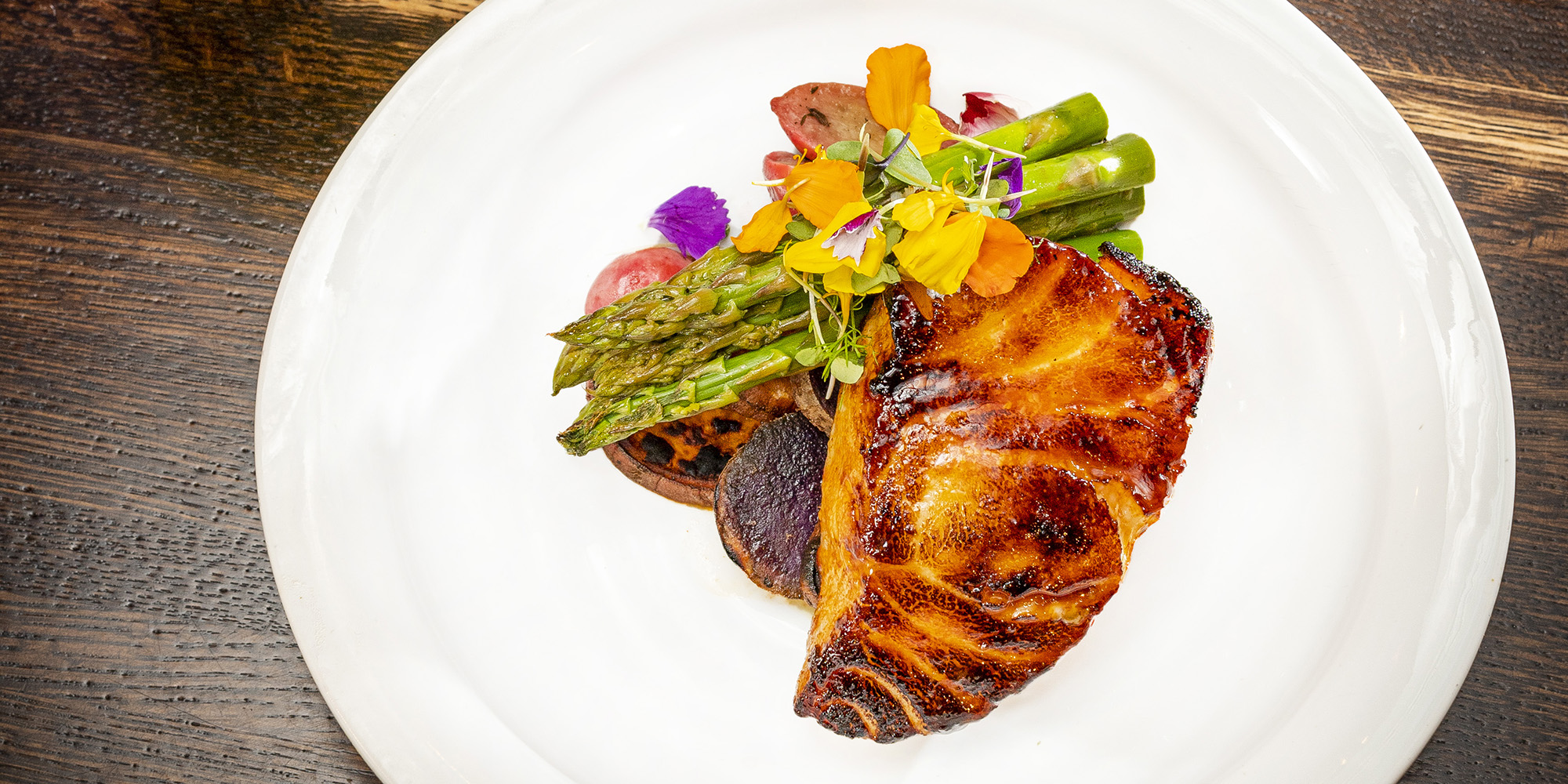
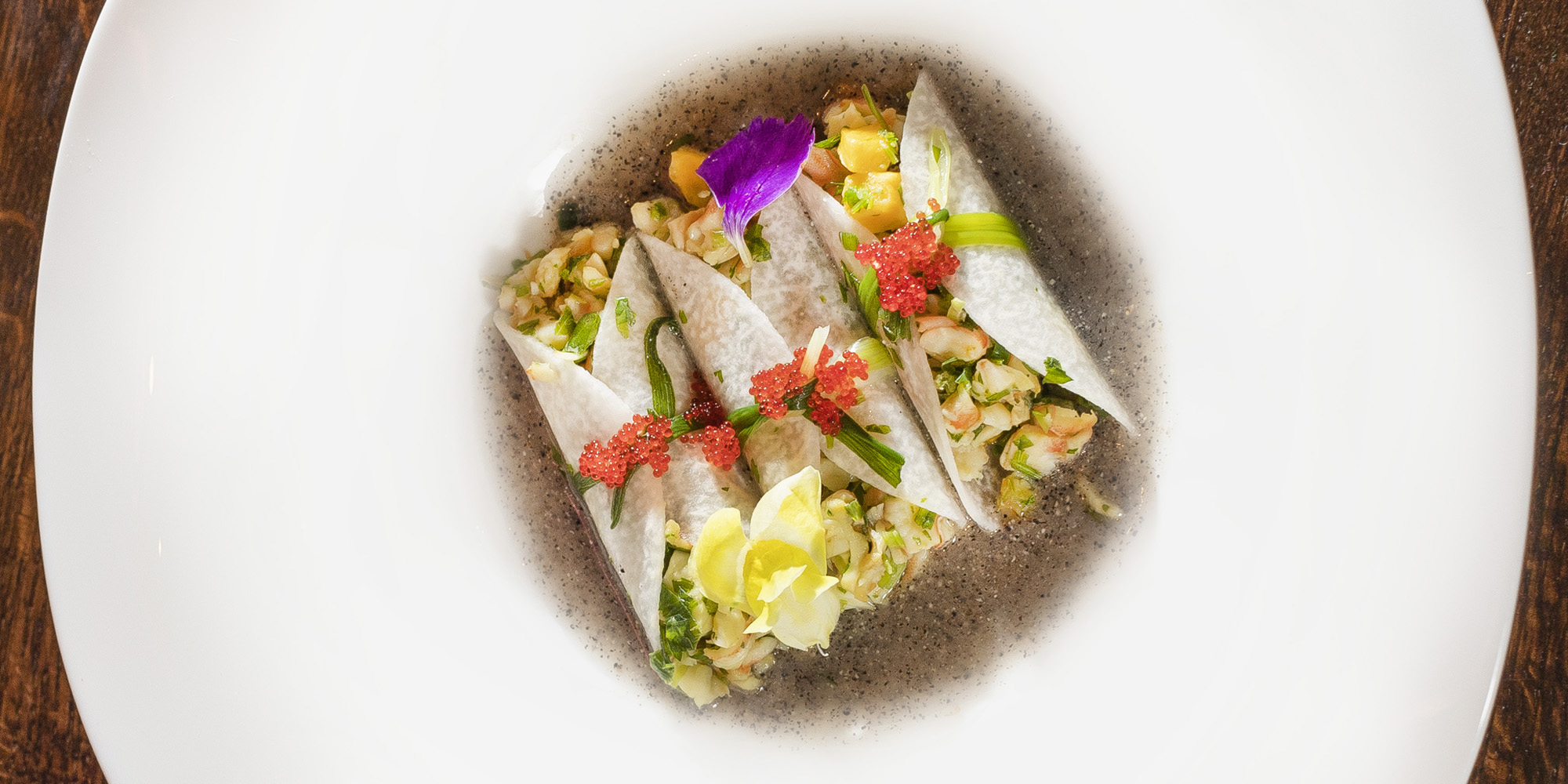
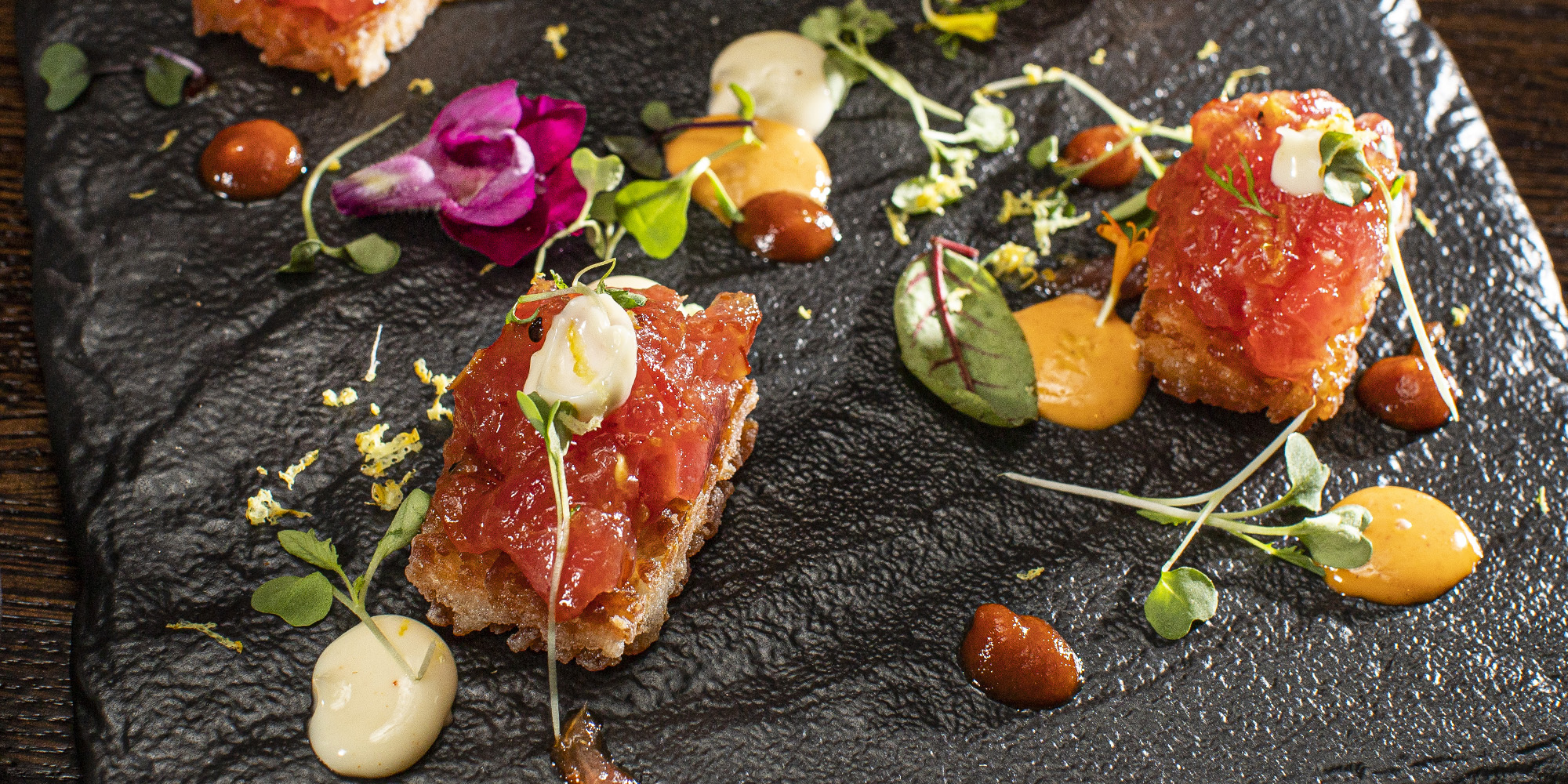
For every dish Reyes took creative liberties with, another is made just as it would be at your typical izakaya. Each of his three ramen varieties is made with its own broth and flavored with the traditional taré, pickled vegetables, mayu and crispy nori, while Reyes says the miso sea bass is the first dish he decided to put on the menu when he joined the Haiku team. But then he made sure to include three desserts on the menu, along with a vibrant (and growing) wine and cocktail program. Add in his future plans to take the menu seasonal, and Haiku is creating Tampa’s version of an izakaya.
“[Everything] comes together and makes the food look visually appealing, with a little bit of a different taste, but traditional at the core,” Reyes says.
WHAT TO ORDER: Haiku uramaki roll, torch hamachi roll, A5 wagyu beef, tuna tartare, Tonkotsu shoyu ramen, miso marinated sea bass
HAIKU
808 N. Franklin St. | Tampa, FL 33602 | (813) 644-5787 | haikutampa.com
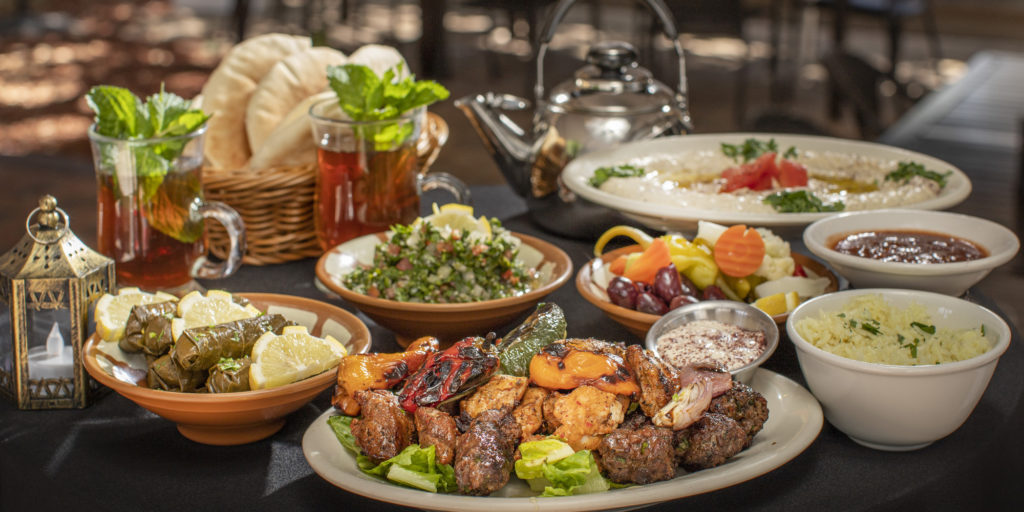
MIDDLE EAST
Within the cuisine hailing from the Levant — that is, the region that includes Syria, Lebanon, Jordan, Palestine and Israel — there’s something for just about everyone. Though Muein Alutaibi, the chef-owner of Petra (which has locations in South Tampa and North Tampa), says lamb is one of the most important ingredients in Middle Eastern cooking, so too are spices like cardamom, cinnamon and coriander, plus beans like chickpeas and sauces like tahini, made from sesame seeds.

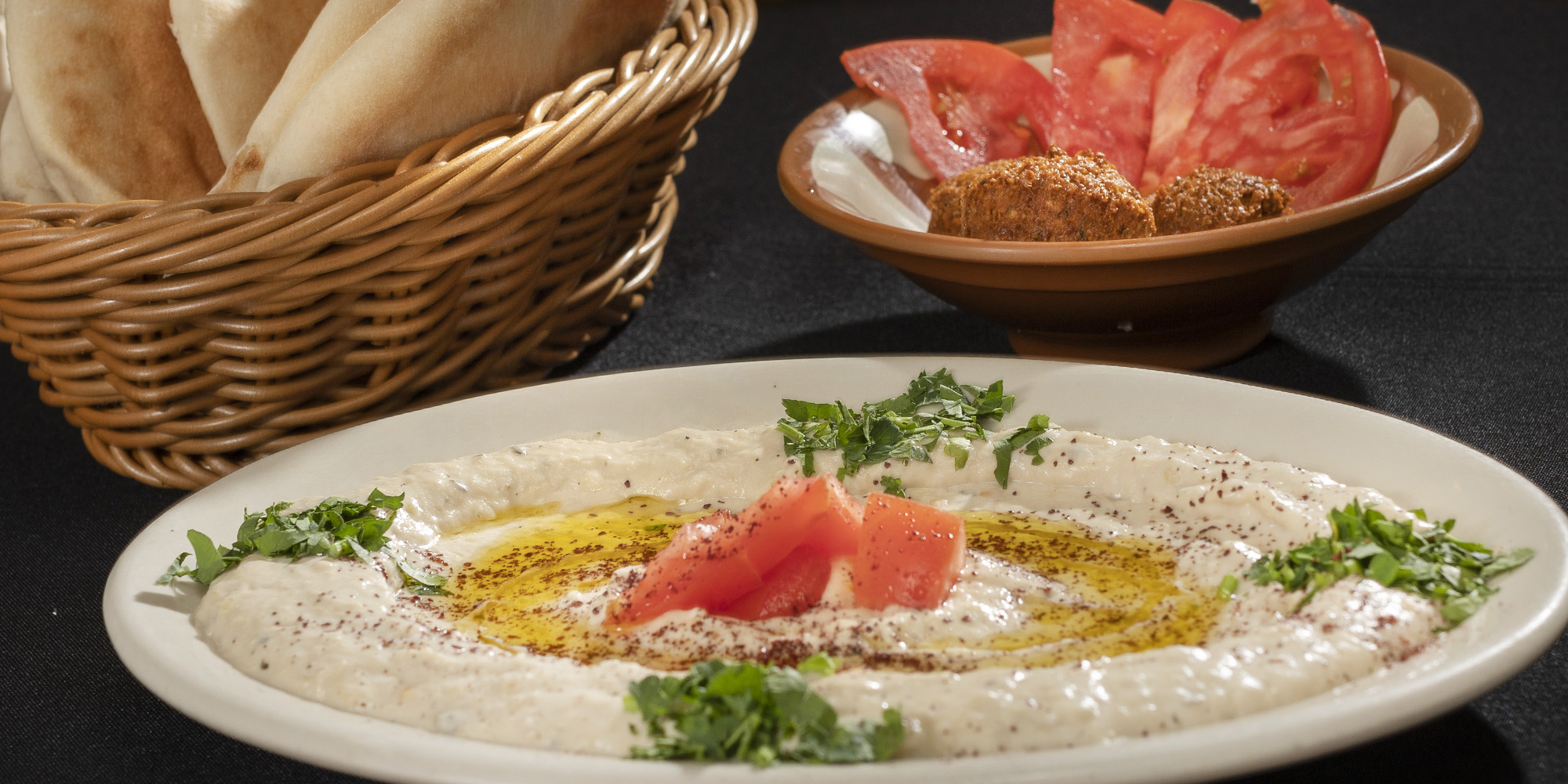
Their most popular dish, though, is the mixed grill, with shish kebab, kufta kebab (both made with lamb, seasoned with different spices) and chicken kebab, served with a garlic sauce created by Alutaibi’s wife and co-owner, Maria Pop. Petra (named for the ancient Jordanian city that is one of the world’s seven wonders) makes everything from scratch, including staples like hummus, babaganoush, falafel and baklava. Alutaibi is originally from Jordan, and he brings pieces of home to the kitchen through dishes like mansaf, which Petra offers as a special periodically and for catering. Made with boiled lamb and goat yogurt and rice, it’s the national dish of Jordan and is served at everything from celebrations of birth to funerals, Alutaibi says.
Beyond the keto-friendly kebabs and veggie-forward foule, there’s a world to explore within Middle Eastern cuisine without going far from home.
WHAT TO EAT: Mixed grill, falafel, hummus
PETRA
1118 W. Kennedy Blvd. | Tampa, FL 33606 | (813) 513-3000
4812 E. Busch Blvd. | Tampa, FL 33612 | (813) 984-9800 | petrarestaurant.com


